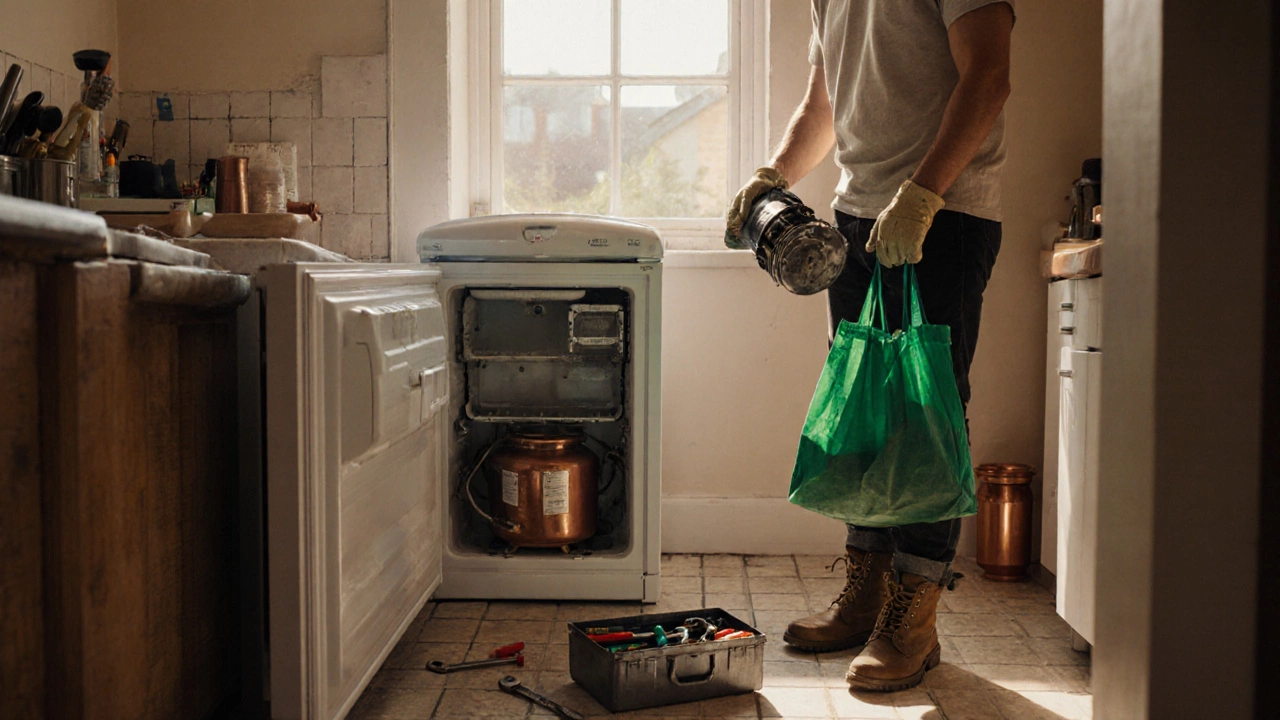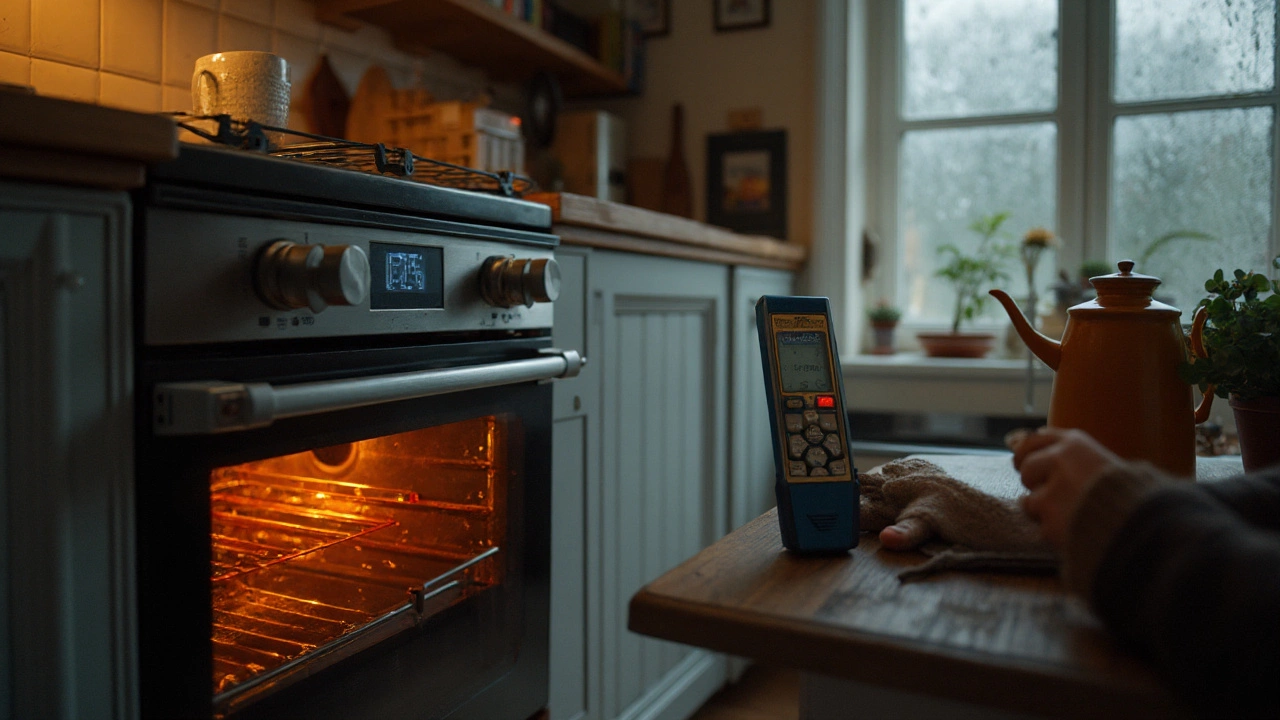Find out if swapping out a freezer compressor makes financial sense. Compare costs, weigh risks, and learn a step‑by‑step DIY guide.
September 2025 Appliance Repair Guides
Welcome to our September archive. In the last month we broke down four common household problems that keep Nuneaton residents up at night. Whether you’re thinking about swapping a freezer compressor, spotting an expensive washer part, rescuing a dead electric oven, or figuring out if a 10‑year‑old water heater needs a flush, we’ve got clear steps, cost clues, and safety tips to help you decide when to DIY and when to call a pro.
Freezer & Oven Fixes
First up, the freezer compressor. Our guide asks the right question: does replacing it save money? We compare a typical UK compressor (£180‑£250) against a full unit swap (often £500‑£800 plus labour). If your freezer is only a few years old and the compressor shows signs of wear – noisy start‑up, inconsistent cooling, or ice buildup – a swap can be worth it. We walk you through unplugging, draining, sealing the refrigerant lines, and removing the old motor. Safety gear, a vacuum pump, and a proper refrigerant recovery are non‑negotiable; skipping them can cost you a fine.
Next, the electric oven that suddenly stops heating. Most owners overlook three quick checks: a tripped circuit breaker, a blown fuse, or a faulty heating element. We show how to test the element with a multimeter (no continuity means replace, usually £30‑£70). If the oven powers on but won’t heat, the thermostat or control board could be the culprit – parts that run £80‑£150. Our step‑by‑step DIY includes removing the oven’s back panel, locating the element, and safely reconnecting wires. When the issue is deeper, like a burnt main PCB, we advise calling a certified technician to avoid electrical hazards.
Washing Machine & Water Heater Costs
Washing machines hide a few pricey parts. The drum bearing is the most expensive – replace it and you’re looking at £120‑£200 plus labour. Watch for grinding noises or excessive vibration. The control board, often called the ‘brain’, can cost £90‑£150 and usually fails after a power surge. Motor replacements sit around £100‑£180. Our article lists the symptoms for each part and gives a quick cost‑benefit check: if the machine is older than 10 years, replacement might be smarter than repair.
Finally, the 10‑year‑old water heater. Flushing it removes sediment that lowers efficiency and can cause noisy operation. We explain when flushing makes sense – clear water flow, no rust, and a functional anode rod. The process involves turning off the heater, attaching a garden hose to the drain valve, and letting water run until it’s clear. If the heater shows signs of corrosion, low pressure, or the anode rod is heavily degraded, replacement (≈£350‑£500) could save you a flood later. Our guide also covers the cost of a professional flush (about £80) versus a DIY job (under £20 for your hose and bucket).
These four posts give you the tools to assess repair versus replacement, estimate real costs, and stay safe while working on appliances. If any step feels beyond your comfort zone, Nuneaton Appliance Repair Experts are just a call away – fast, reliable, and priced for local households.
- 19 Sep 2025
- Gideon Thornton
- 0
Most Expensive Washing Machine Parts to Replace: Costs, Symptoms, Repair or Replace?
Find out which washer parts cost the most to replace, typical UK prices in 2025, symptoms to watch for, and when to repair or replace your machine.
- 12 Sep 2025
- Gideon Thornton
- 0
Electric Oven Stopped Working? Fast Fixes, Common Causes, and DIY Troubleshooting
Dead electric oven? Here’s how to diagnose power issues, blown fuses, bad elements, and more. Safe DIY steps, costs, when to call a pro, and prevention.
- 5 Sep 2025
- Gideon Thornton
- 0
Should You Flush a 10‑Year‑Old Water Heater? Risks, Steps, and When to Replace
Worried about flushing a 10‑year‑old water heater? Learn when to flush, when to skip, and when to replace. Safe UK steps, costs, and pro tips.




